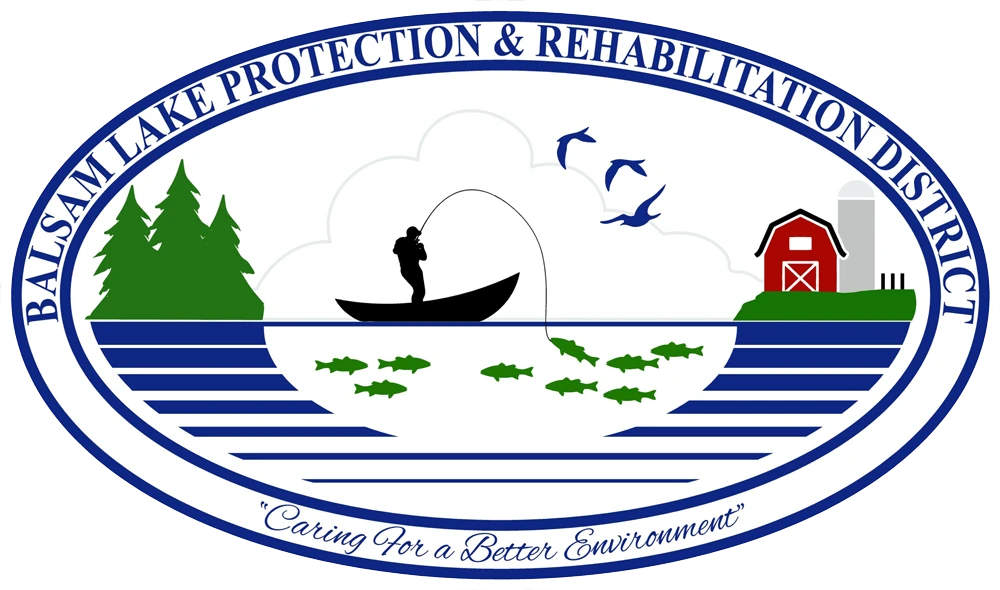Protect Water Quality
Start with a landscape design that is environmentally sound, low maintenance, aesthetically pleasing and functional.
• Select hardy plants that are relatively pest-free and suited to your site
consider soil type and condition, drainage, light, moisture needs and ultimate plant size. Select varieties approved for USDA plant hardiness zone four.
• Consider reducing the amount of maintained lawn area while increasing naturalized landscape areas
Once established, naturalized landscape areas require less time and money to maintain; reduce the need for mowing, pest control and fertilizers and attract wildlife.
• Mulch flower beds, shrubs and trees
Use ground covers or organic mulches, shredded wood and compost to help retain moisture, reduce weeds and prevent erosion.
• Provide at least 15 feet or greater buffer depths provide more water quality protection. Buffer strips help slow water runoff, prevent soil erosion and help keep nutrients from being carried into ponds and wetlands.
• Use wood mulch or stepping stone paths in heavily traveled areas.
Turn a footworn path into a design element and prevent soil compaction and erosion.
• Mow grass to a height of 2.5 to 3 inches
• Do not fertilize your lawn!
But if you feel compelled to do so you MUST use a phosphorus-free fertilizer as per the Polk County Shoreland Protection Zoning Ordinance.
REMEMBER -
Keep nutrients off impervious surfaces where they can easily be carried into storm sewers and local lakes and wetlands.
